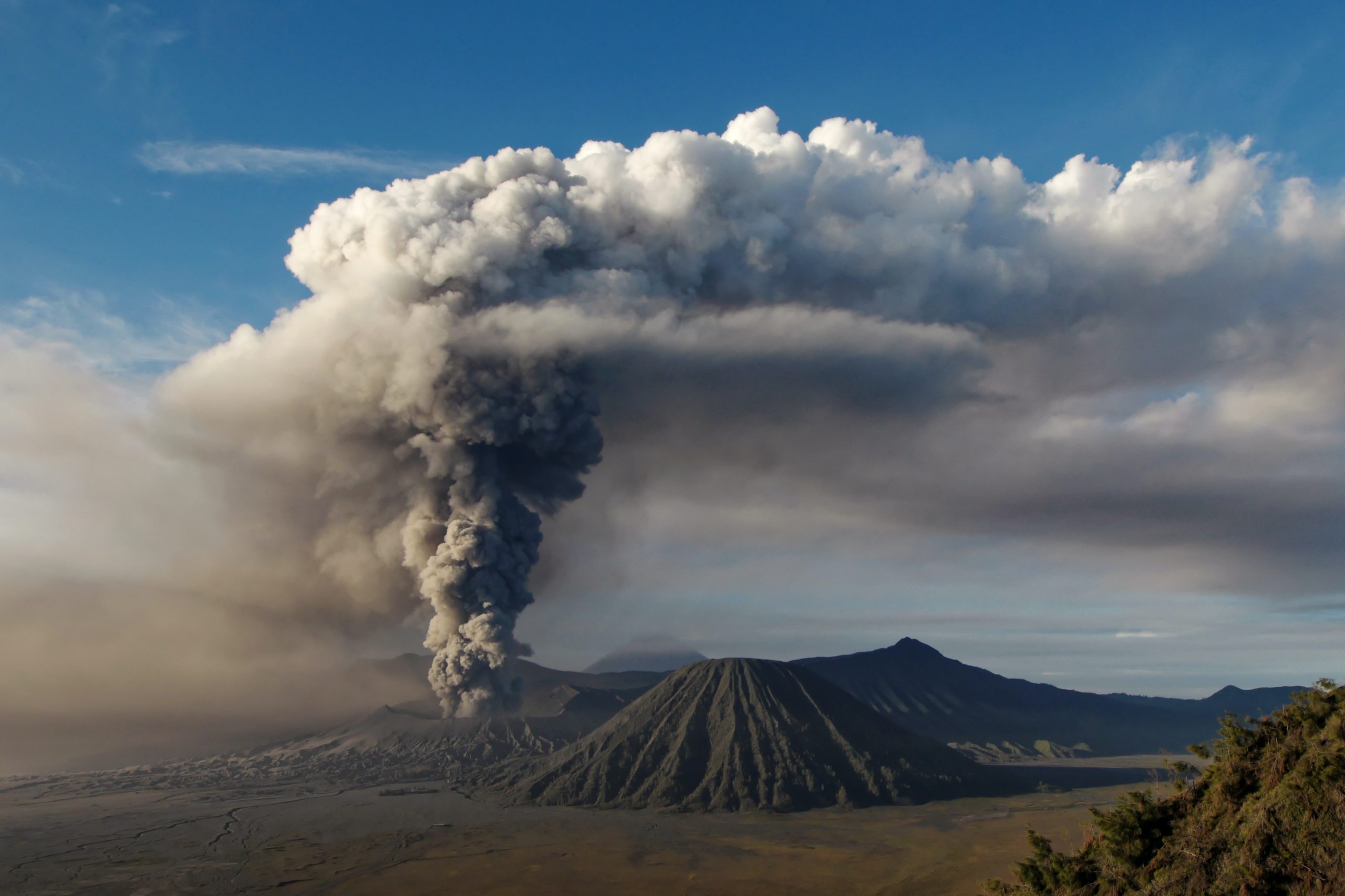The Simultaneous Eruption of Nineteen Volcanoes
In a striking display of Earth’s dynamic nature, over a dozen volcanoes are shattering the global calm, with three new fiery giants joining this turbulent chorus just this week.
On the forefront of monitoring these natural pyrotechnics is the Smithsonian Institute’s Global Volcanism Program, a beacon in the volcanic dark, which diligently updates its roster of Earth’s fiery vents each Wednesday.
The latest tally from this sentinel of volcanic activity? Nineteen eruptions, concurrently painting the skies with their ash and fury. This number, intriguingly, is not exhaustive – it’s merely a glimpse into the broader volcanic theater.
Amidst these geological convulsions, the digital world buzzes with awe and anxiety. Social media, a modern agora of thoughts and theories, echoes with voices of concern.
A notable post on X, the successor to Twitter, juxtaposes volcanic activity maps from 2013 and 2023, sparking a debate on the normalcy of such widespread eruptions.
Yet, while awe-inspiring, this symphony of eruptions isn’t an anomaly. Armed with data and decades of observation, experts quickly stepped in to allay burgeoning fears. “Volcanoes erupting simultaneously is the Earth’s modus operandi,” notes volcanologist and science writer Robin George Andrews on X. He points out that a total absence of eruptions would be the real anomaly.
The Global Volcanism Program’s Weekly Volcanic Activity Report is a testament to this ongoing geological spectacle.
However, it’s selective in its storytelling, focusing only on those volcanoes that stir up significant ash, show new or changed activity, or trigger alert level adjustments. “The routine, decades-long eruptions don’t always make our list,” the report clarifies.
Consider Mount Etna in Sicily – a veritable fireworks factory that’s been erupting so consistently it’s become part of the scenery, hence its absence from the list.
Volcanoes Reshape Japan, Russia, Iceland

An underwater volcano near Japan’s Iwo Jima, Iceland’s Fagradalsfjall, and Russia’s Klyuchevskoy are new entrants to this eruptive ensemble.
Japan’s addition is a drama under the sea, culminating on October 30 when magma broke the ocean’s surface, birthing a new island.
Iwo Jima had been trembling every two minutes since mid-October, a prelude to this grand event, as the Japan Meteorological Agency documented.
In Russia, Klyuchevskoy’s recent eruption sent ash columns soaring eight miles high, disrupting lives and leading to school closures. This towering volcano, the highest in Eurasia, is no stranger to dramatic outbursts.
Meanwhile, Iceland’s Fagradalsfjall is a simmering giant. Although it hasn’t erupted yet, its signs of unrest – thousands of earthquakes and ground deformation hinting at magma’s movement – prompted the evacuation of Grindavík.
This volcano, which reawakened in 2021, seems to follow an annual rhythm of disruption.
This global volcanic activity, while routine in geological terms, continues to captivate and concern us, reminding us of the dynamic and ever-changing planet we call home.


Comments are closed.